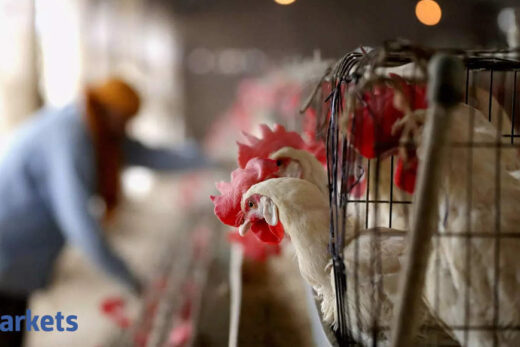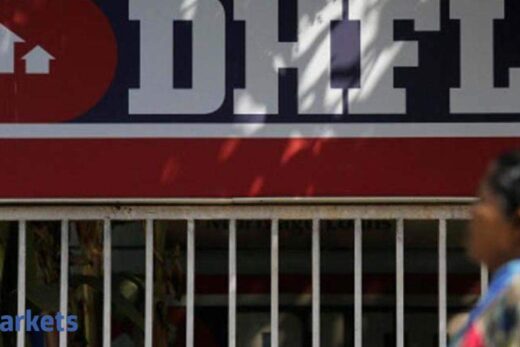Lenders, both Indian and global, have an exposure of Rs 1.8 lakh crore. A large part of this is in the form of guarantees. Some private lenders with a funded exposure have already started making provisions. However, the bulk of the exposure is to public sector banks.
If VIL fails to repay its dues to the government and these guarantees are invoked, it would immediately turn into debt and would soon be classified as a non-performing asset. The hit on public sector banks will not be as large as their exposure because in recent years, lenders have been demanding a substantially higher cash margin from Vodafone for their guarantees. IDBI Bank is understood to have up to 40% margins for the guarantees it has extended. But even then it will be large enough to wipe out profits for many.
For banks, recovery of debt is contingent on VIL remaining operational and retaining customers. While the company continues to have close to a fourth of the Indian market, its situation could change overnight if there is a default. According to bankers, the insolvency process can work only when there are buyers. In the case of VIL, the Rs 53,000-crore AGR (adjusted gross revenue) dues to the Centre are a deterrent. This is despite Birla being willing to write down his entire equity.
The government dues cannot be avoided as the Centre cannot make an exception for one company. Even in insolvency cases, the telecom department has claimed its dues to be that of a financial creditor although there have been attempts to mark them as operational creditors. The uncertainty over telecom department’s claims, which is already being experienced by lenders in the Reliance Communication insolvency case, would makes telecom resolutions a challenge. Lenders do not want to risk insolvency as this would result in the exit of customers which was the case with RCom.
Lenders say besides the company’s debt obligations being equal to 1.5% of the banking sector’s credit, VIL is a large telecom infrastructure provider. Several business applications run on their networks and the company is one of the largest providers of “internet of things” service. A bank executive said insolvency would be a worst-case scenario as there is a risk of customers migrating.



